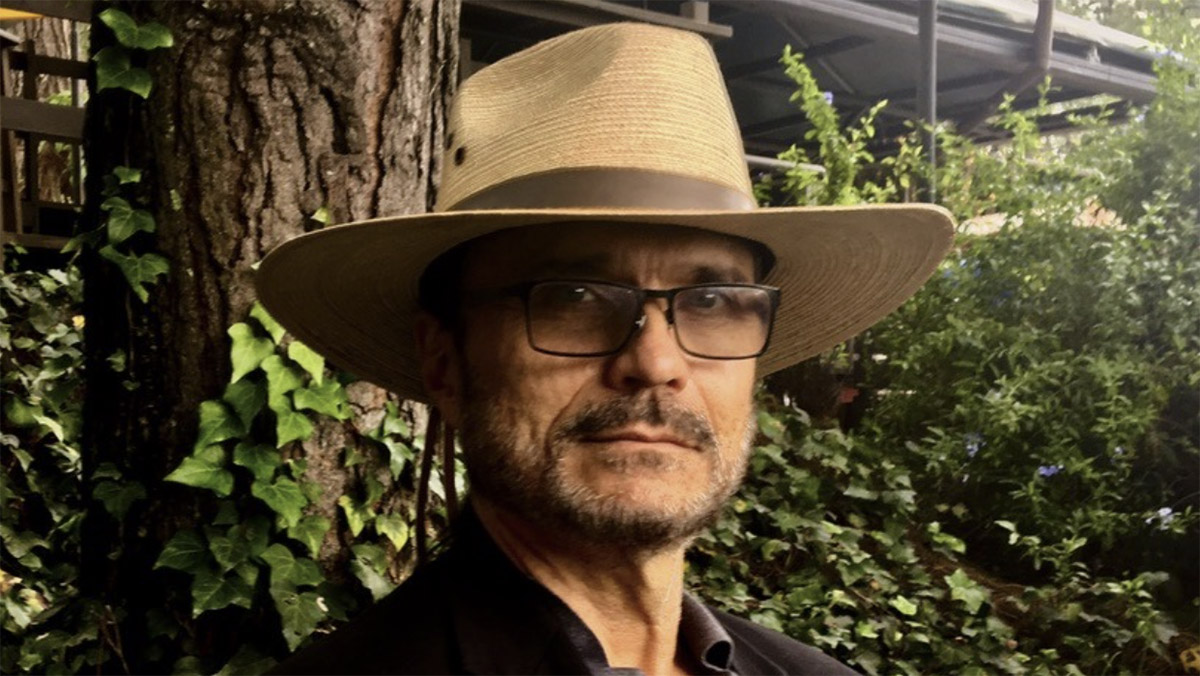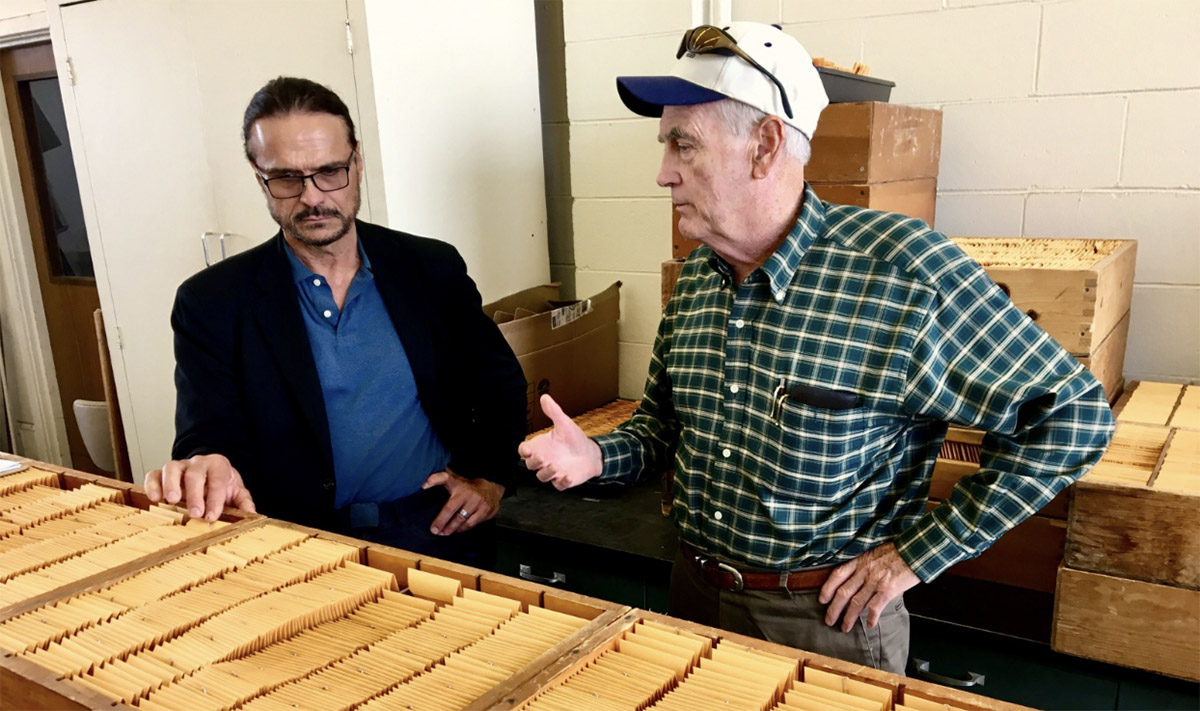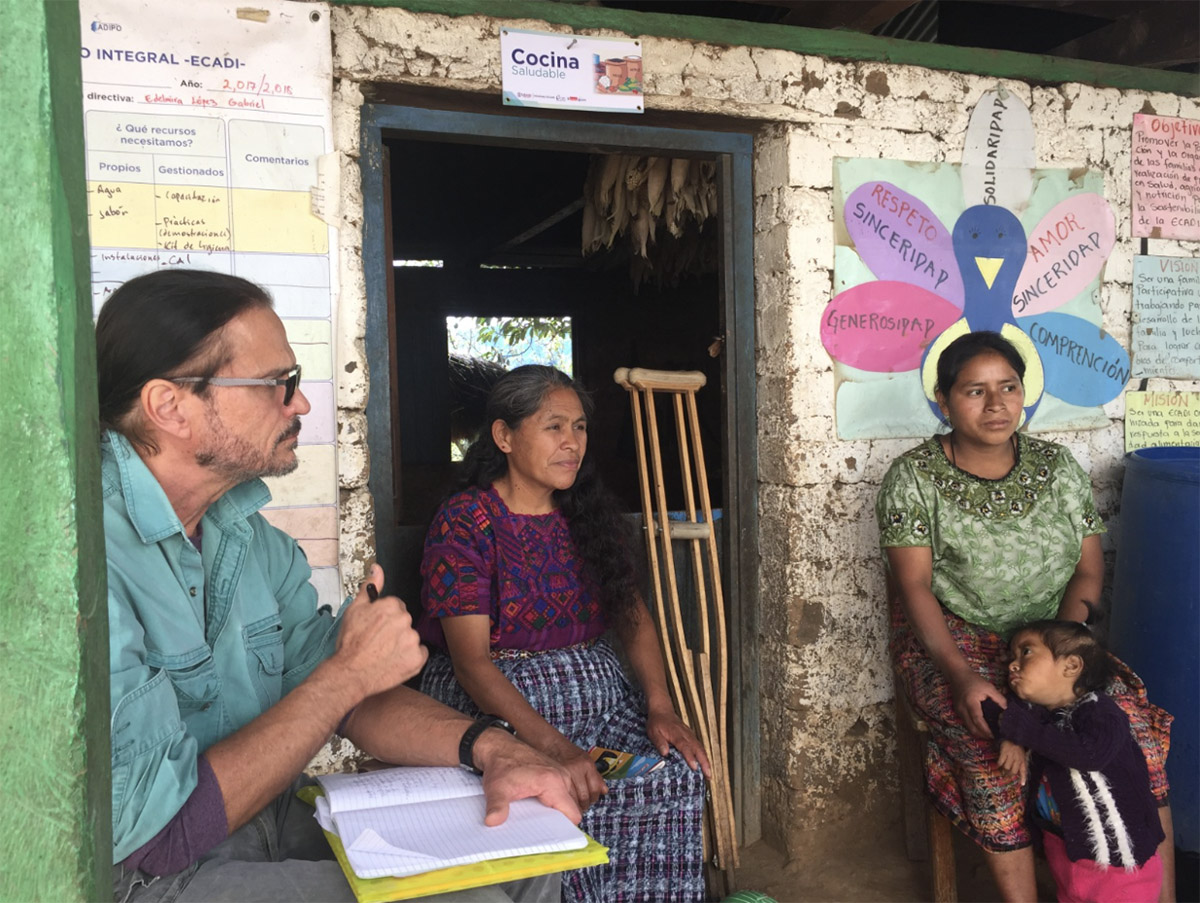January 12, 2023
Luke Wilkinson talks with Thoric Cederstrom about his career in humanitarian response, the power of price, and how reducing cooking time will make beans a better bet for food aid.


Thoric Cederstrom is the International Food Aid Rep for the US Dry Bean Council, working to ensure beans are included in food aid programs the world over.
I've been working in food aid pretty much my entire career. I used to do applied research in social sciences at the University of Arizona, and then did a lot of consulting work for humanitarian aid organizations. I started off with Care in the mid 1990s when they were on the front lines of humanitarian response around the globe. I cut my teeth with them during the war in Angola.
I saw supply chains and was really impressed with the precision with which they would move food from the donating country, oftentimes the US, then move the food to the end recipients in war-torn, conflict-prone countries.
Since then I left academia and went to work for Save the Children to help them grow their food security programs, including a lot of in-kind food aid. I've also worked for a number of other organizations, most recently the World Food Programme (WFP).
Finally I was invited to bid on this position as international food rep for the US Dry Bean Council (USDBC), and I put together a proposal based on my experience in food aid and my network of contacts, and they brought me on board.
Beans are just a great, nutritious, affordable food product; they have a long shelf life and come in a variety of classes that are amenable to a variety of cultures and food preferences around the world. They're very adaptable, very flexible, they ship well and they store well.
Compared to animal-sourced foods, beans are also quite affordable. From an environmental perspective they're a great crop as they’re nitrogen fixing and have a low environmental footprint. So for me, it wasn't hard to switch from the demand side/implementation side, to the supply-side to start working with hard-working farmers and processes that produce this crop and make it available for food.

Visiting the bean breeding lab of Michigan State University
When it comes to food aid, one of the biggest challenges we face is that dry beans require a longer cooking time than peas and lentils. This puts us at a considerable disadvantage when making our product appealing to humanitarian response and development organizations that are helping chronically poor people.
As a result, my colleagues and I at the USDBC have been working to come up with some value-added products that use bean flour, so that the processing and cooking is already embedded in the product — more instant products that can be used in refugee situations, emergency response, and for long-term responses to chronic hunger like school feeding.
It's not unlike middle-class people who buy powdered soups and mixes because their time is precious — time is precious for poorer people as well. so we are investing some time and energy into coming up with some new alternatives, like a bean-enriched maize flour that we are working on right now.
I was at the Global Child Nutrition Forum in Benin a couple of weeks ago and all the people involved in school feeding are there. When you talk to them about beans, cooking times come up. You've got mothers that are volunteering their time as a gift to the school, cooking for 300 kids. If cooking takes five or six hours for beans using traditional methods against 20-30 minutes for peas or lentils, that's something you have to address and discuss with them. So we have been exploring ways to reduce cooking times.
I'm trying to get an innovation competition going to invite engineers to come up with a better way to cook beans, and I’m also looking to propose an improved pressure cooker that would be low cost, as well as easy to use and distribute. There is one group at this Brussels convention (AidEx 2022) that has developed solar powered hotplates — that’s something I'm going to follow up on, because another of the big challenges in refugee situations is access to fuel.
“Affordability will always be the defining characteristic of food for food aid: How many people can you reach and what's the cost, average cost for reaching them? Because humanitarian aid organizations are very price sensitive, they want to reach the greatest number of people possible.”
Right, another big challenge is price, because dry beans have a smaller production than peas and lentils and the cost of production is higher, therefore and the retail price is higher. Humanitarian aid organizations will look at the price list and tend to say, “oh, I can feed three times as many children with lentils as I can with dry beans."
We try to make nutrition arguments and cultural acceptance arguments. Yemen, for example, has a strong cultural preference for white beans and for a long time we shipped a lot of white beans to the Mediterranean assistance programs of the World Food Programme. We also shipped a lot of white beans and pinto beans to Angola during the war because there was a strong preference for US pinto beans there.
The most recent country was Guatemala; they have chronic poverty which has multiple causes, and currently food assistance from the United States is flowing into go towards school feeding.
They order a lot of black beans because that is their cultural preference, they are nutritious, and kids eat them. I went there to visit different NGOs that are implementing those food programs just to see how products are working and if they are satisfied with it.
In Guatemala we are developing a new product called ‘Frijol Atol*’, as the country has a serious stunting problem – children not reaching their optimal linear growth. A lot of it has to do with the fact that when they go from breastmilk to complementary feeding, they tend to use maize porridge as their complimentary food, liquefied so kids can swallow it easily. It fills them up, but is very deficient. The porridge has some lipids, but it doesn't have much protein.
* ‘Atol’ (or ‘Atole’) is a traditional form of maize porridge sold in Guatemala, Mexico and other Latin American countries

Consulting with locals in Guatemala
Nutrition for Central America and Panama (NCAP), part of PAHO, the Pan American Health Organization, which, in turn, is part of the World Health Organisation (WHO), developed a product some 60 years ago called ‘Incaparina’, which is the second maize-based product with micro nutrients. It's very efficacious and does stem malnutrition, but the challenge is that it’s not affordable for poor people.
If you ask people in rural areas if they will continue to buy Incaparina when the food aid program ends, they'll say no. Spending $2 for a package of Incaparina rather than eating the maize gruel that comes from your own crops represents a big expenditure for poorer people.
We are coming up with an equally efficacious product using white bean flour, so that they don't change the color or texture of the white maize flour. It's a kind of nutrition by stealth. Right now we are working with different formulations and trying to figure out the right food technology blend, we're also doing sensory perception and cultural acceptance tests, then, once we have the right formulation we will do efficacy trials to make sure it works as well as the other products on the market. Finally, we will look at price, to see if we can produce it at a price point that is competitive. Our idea is that it could be produced locally by small manufacturers, but also at scale by commercial manufacturers.
WFP does provide ready-to-eat meals like biscuits and energy bars. I know our colleagues at Michigan State University and the Michigan Bean Commission are looking into using beans in high energy bars. The USDBC does also have an innovation committee that is looking at value-added products, so we interface with them quite a lot to see if there is stuff in the commercial markets that we could easily and affordably migrate into the institutional market.
Affordability will always be the defining characteristic of food for food aid: How many people can you reach and what's the cost, average cost for reaching them? Because humanitarian aid organizations are very price sensitive, they want to reach the greatest number of people possible.

Global / malnutrition / hunge / beans / Thoric Cederstrom / reducing cooking time / USDBC / World Food Programme
Disclaimer: The opinions or views expressed in this publication are those of the authors or quoted persons. They do not purport to reflect the opinions or views of the Global Pulse Confederation or its members.